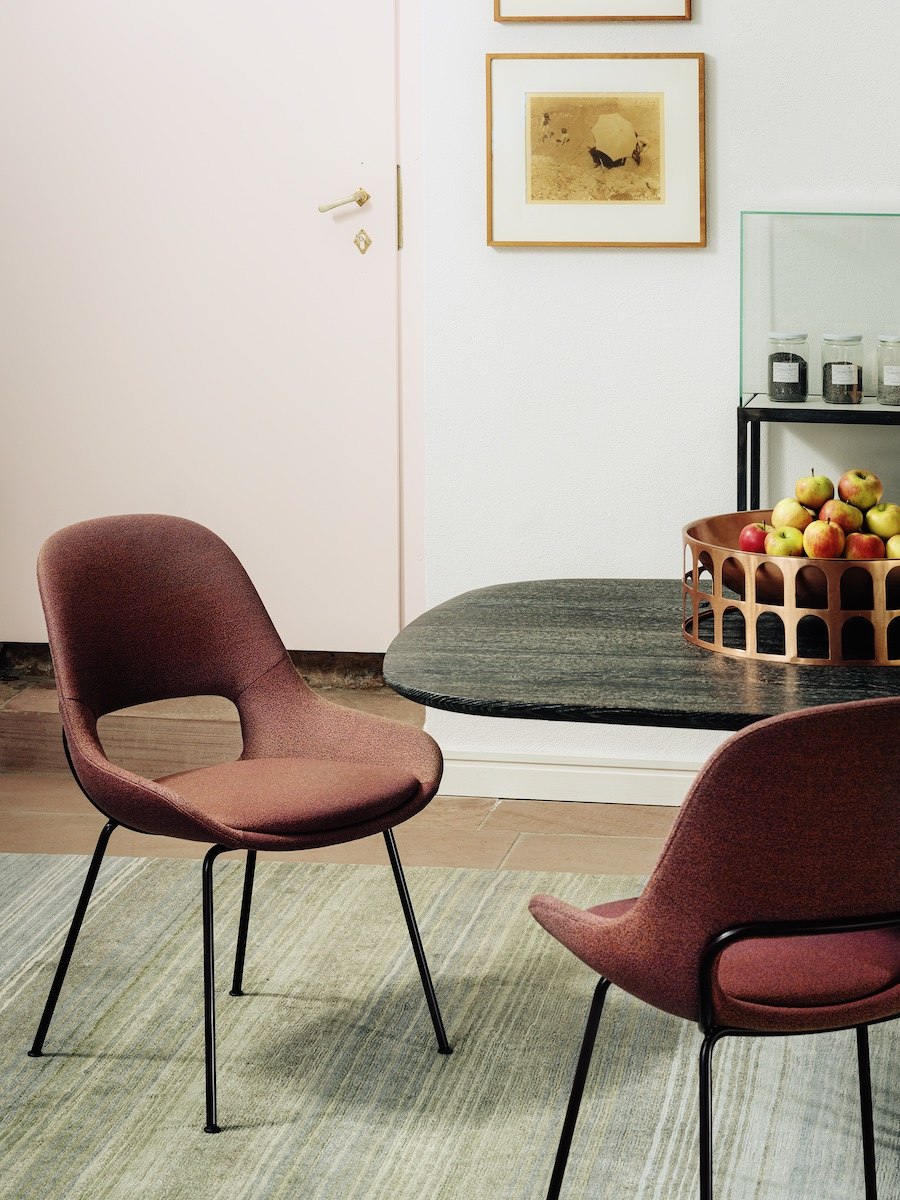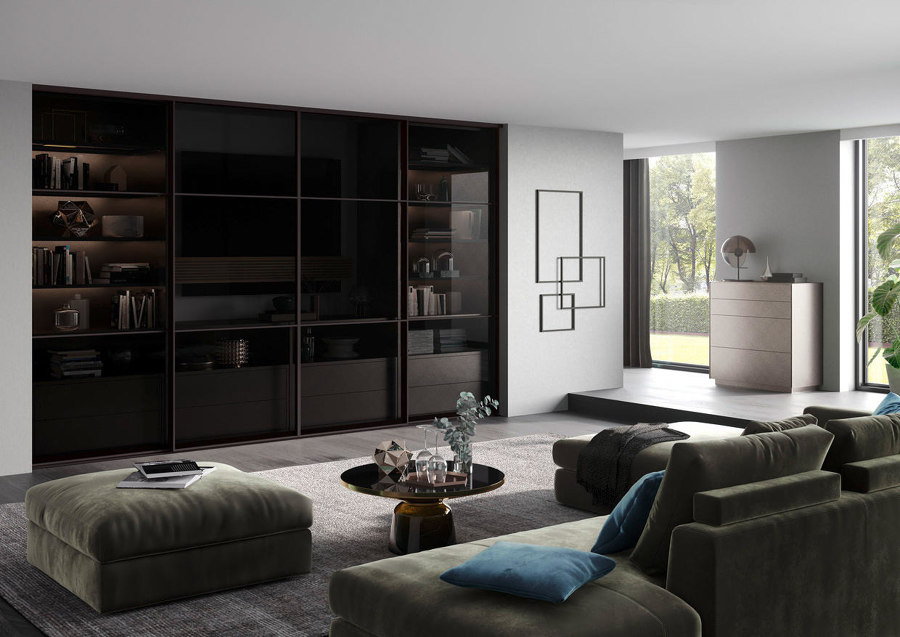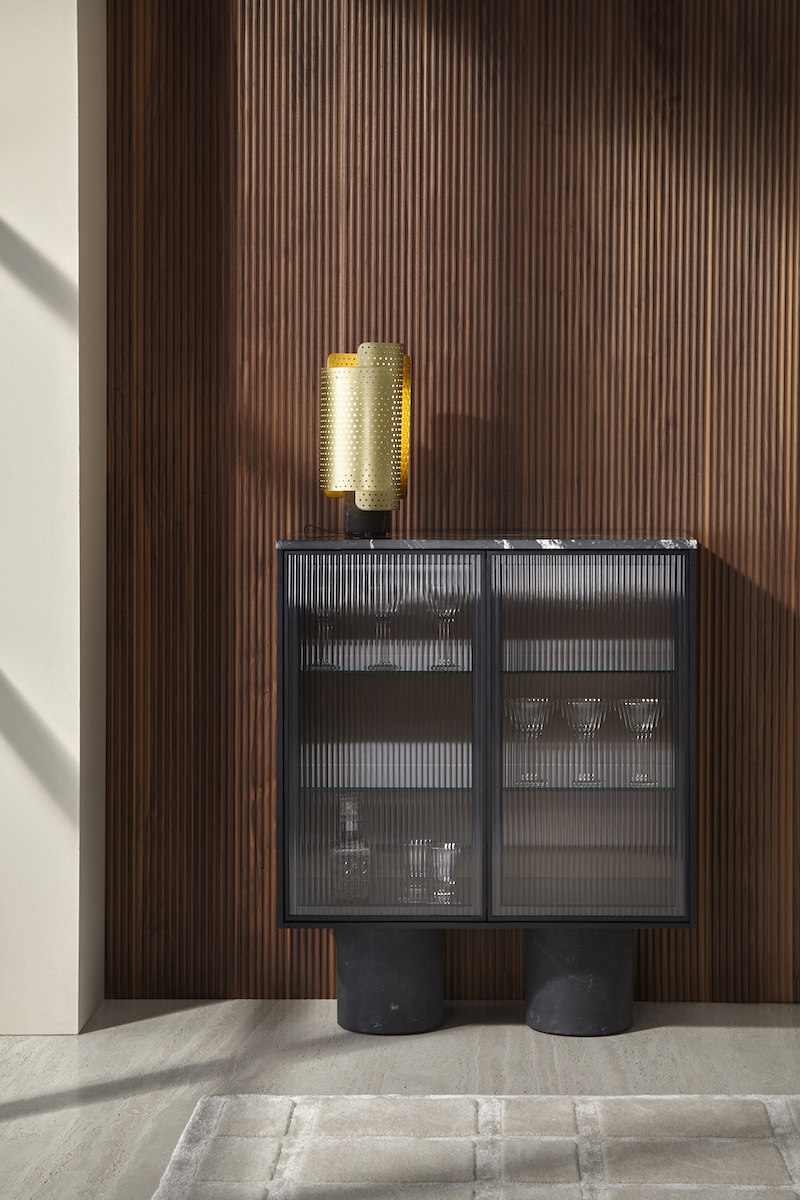‘In the best case, furniture becomes a lifelong companion’: the raumplus Intelligence Series
Brand story by Gerrit Terstiege
Bremen, Germany
30.11.22
In the third part of the raumplus Intelligence Series – three consecutive features sponsored by the German manufacturer – designer Sebastian Herkner talks about the status quo of our interiors and explains his down-to-earth vision for the future.
The work of award-winning German designer Sebastian Herkner is defined by his respect for materials and craft as well as the people and traditions behind them
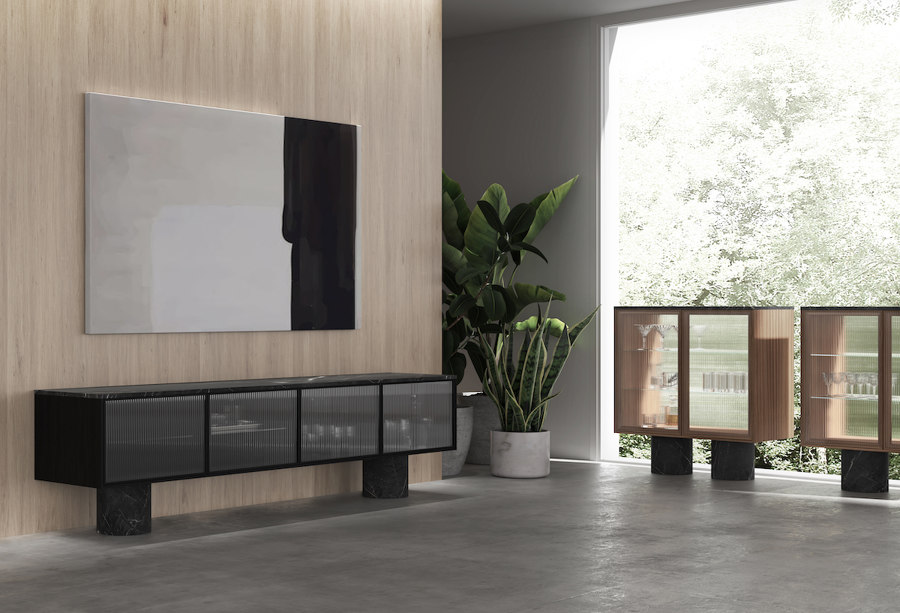
The work of award-winning German designer Sebastian Herkner is defined by his respect for materials and craft as well as the people and traditions behind them
×For many people, work and private life are becoming increasingly intertwined. This is a trend that is also becoming more and more dominant in interior design. What are your experiences in this respect?
I find it very difficult to work at home. As a designer, you are a team player, both in terms of your own team in the studio and in terms of your partners at the various manufacturers you work for. I can't identify with the concept of a home office. For many professions it may be very advantageous – but not for us.
As a designer, you are a team player, both in terms of your own team in the studio and in terms of your partners at the various manufacturers you work for
Here in our studio we have a workshop, a library of materials and a library of technical literature. I really don't want all that at home! I rarely take the work with me – and I practically never talk about design with my husband at home. Some colleagues are almost exclusively friends with creative people in their private lives, that's not the case for me.
The Offenbach-based designer is possessed of a strong cultural curiosity, with things discovered on his travels often forming the inspiration for his designs. Portrait by Gabi Gerster
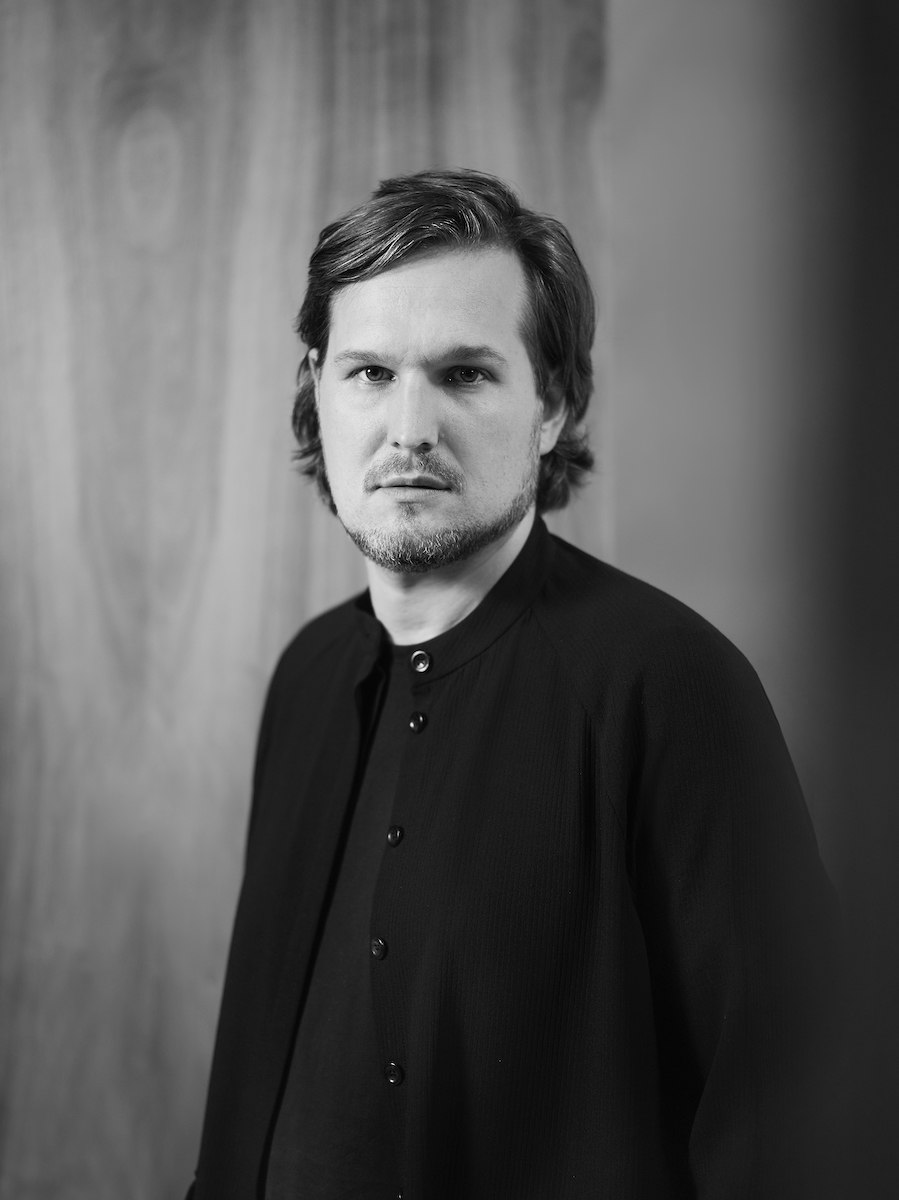
The Offenbach-based designer is possessed of a strong cultural curiosity, with things discovered on his travels often forming the inspiration for his designs. Portrait by Gabi Gerster
×It sounds as if you strictly and consciously avoid mixing your private and professional lives. In what way do you manage to do that? Do you have two smartphones?
I don't. For example, I always answer emails, even on Saturdays and Sundays. But maybe that's because I simply enjoy it. My design studio is my own company – and I consider it a privilege to run it. So if a picture request from a journalist comes in by email on a Sunday – and I might be sitting at home on the terrace – I don't wait until Monday for something like that. I just send the Dropbox link immediately, via mobile phone. You don't need special office furniture for that – your home doesn't have to become an office. On the other hand, I think the development of offices becoming more homely is really good. You have to do a lot more today than you did ten years ago to make your employees feel comfortable at work.
In office design, colours are becoming increasingly important over a monotonous black, white or grey palette. But material and colour trends in interior design are often short-lived. How do you deal with this as a designer?
We usually decide on colours in cooperation with the manufacturers – this is often a very intuitive and emotional process. We don't follow any gurus who set colour trends. And the natural colours of materials are on the rise: marble, glass, brass, fired tiles, for example. And they work longer. Product or furniture designers are better off not thinking about trends at all; that can safely be left to fashion. You can go for a strong shade of green – many play it safe with light grey or beige.
Product or furniture designers are better off not thinking about trends at all; that can safely be left to fashion
But special tones can also help an object to be appreciated for a long time and to stand the test of time. In the best case, furniture becomes a lifelong companion. Of course, manufacturers also have to play their part and make products repairable for a long time, keep spare parts on hand, make new upholstery and covers possible. These services are becoming increasingly important. Some companies, however, are only out to make a quick profit and do not think in the long term.
‘Customers are starting to be more interested in the components used, in production conditions and in the story behind the designs,’ says Herkner
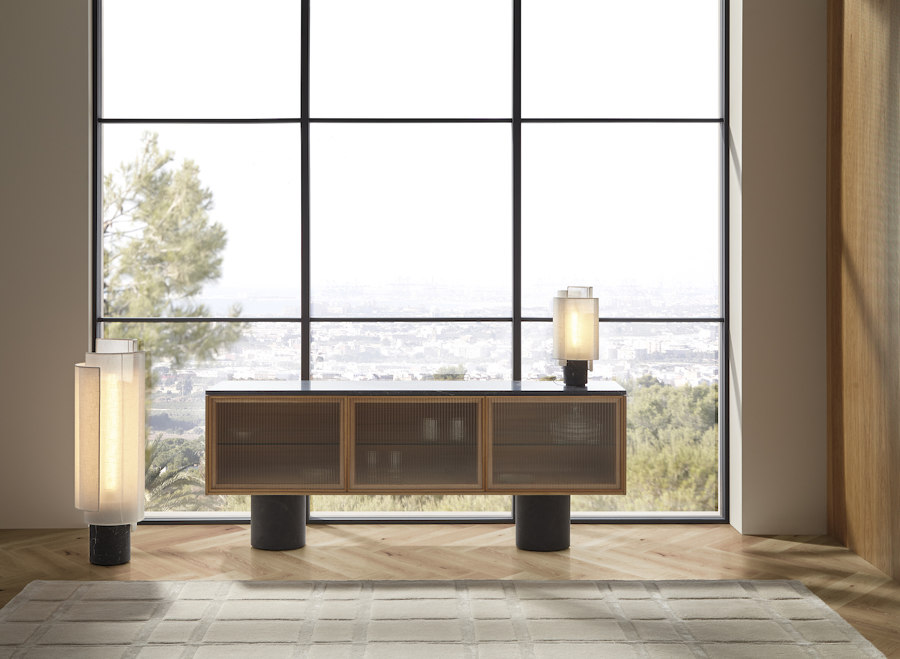
‘Customers are starting to be more interested in the components used, in production conditions and in the story behind the designs,’ says Herkner
×Are there certain trends that are less affected by the ravages of time than others?
Furniture classics are often reissued because they are considered stable in value. These are often icons by Le Corbusier or Castiglioni with which people want to position themselves in front of their friends who can immediately identify this furniture. I think it's important to produce more locally, for example in manufactories. Customers are starting to be more interested in the components used, in production conditions and in the story behind the designs. There is no doubt that awareness of these aspects has increased.
'Modular furniture systems allow you to react creatively to a new situation with a new structure of the system.' Pictured here, storage systems from the Bremen-based room-solutions specialist, raumplus
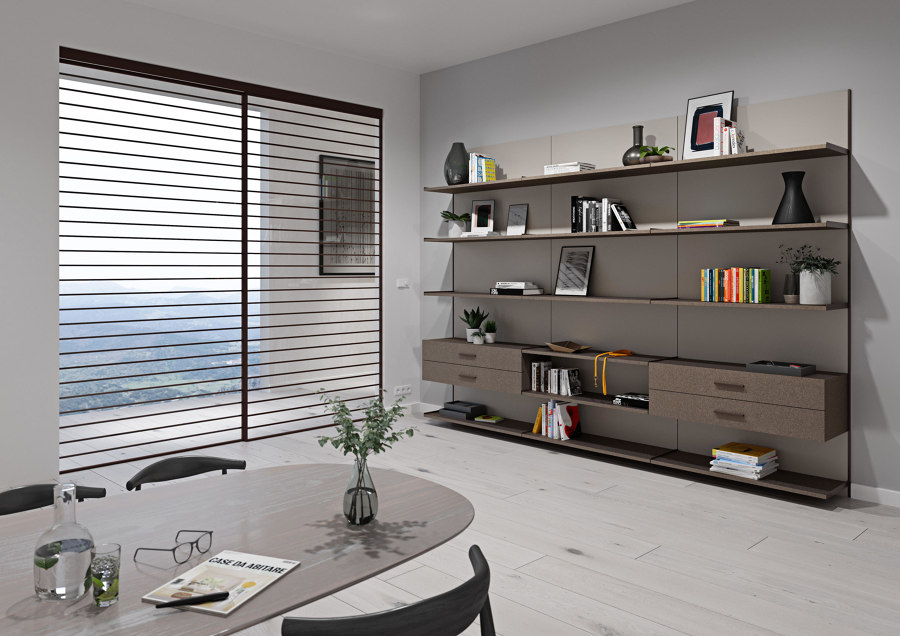
'Modular furniture systems allow you to react creatively to a new situation with a new structure of the system.' Pictured here, storage systems from the Bremen-based room-solutions specialist, raumplus
×Modular systems for interior design often experience small ‘renaissances’, including now. How do you use these practical structures without creativity suffering?
When living conditions or living models change, modular furniture systems allow you to react creatively to a new situation with a new structure of the system. You move house and the next flat is much smaller or larger. The children leave home, you move into a flat, or later into a shared flat for the elderly.
When living conditions or living models change, modular furniture systems allow you to react creatively to a new situation with a new structure of the system
You add to it after years – sometimes even after decades – or part with it. I buy a lot on Ebay – it's not unpleasant to sell something of high quality – but something bad and cheap is put on the street. You're too embarrassed to pass it on or sell it on and it quickly becomes bulky waste.
Of the future of design, Herkner believes 'it will be important for society as a whole to find the right balance,' – a feature that is a constant in his own work
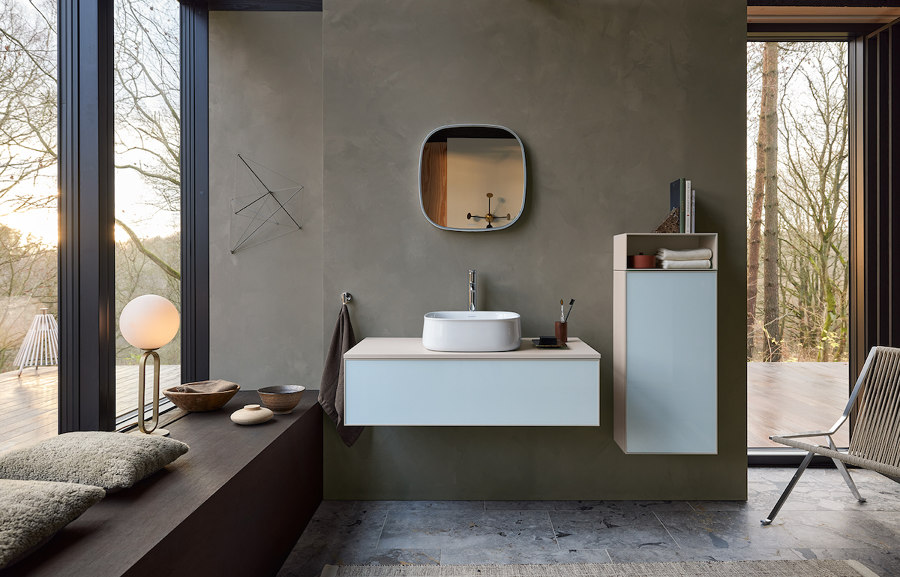
Of the future of design, Herkner believes 'it will be important for society as a whole to find the right balance,' – a feature that is a constant in his own work
×Flying cars, cities on the ocean floor or on distant planets: The spectacular forecasts of the future from the 50s to the 70s were often promising. Today, people are more cautious. How do you personally view the future?
I read recently: For NASA, the topic of colonising foreign planets is not off the table – people are supposed to live and work on the moon by 2030. But I believe that the future doesn't have to be as futuristic as shown in some science fiction films. For example, I find it sufficient that I have a classic light switch at home. It works fine. A friend of mine controls many things in the house via his smartphone – and he always has problems. He keeps running through the dark rooms with his mobile phone torch because his app doesn't do what it's supposed to.
The traditional, the familiar, the learned, the tried and tested definitely have advantages, even in the future
The traditional, the familiar, the learned, the tried and tested definitely have advantages, even in the future. Of course, the way we get around and how goods are transported is changing. There have long been pilot projects for air taxis. But it will be important for society as a whole to find the right balance. Given the enormous growth in the world's population, we will face many challenges in the near future, in the next ten years, that is clear.
© Architonic
Head to the Architonic Magazine for more insights on the latest products, trends and practices in architecture and design.



